
Spring is an excellent time to take a look at the fit of your horse's saddle with a critical eye. With our Northern Ohio winters, it is very typical to see changes in weight & fitness in our equine athletes, and this can have a dramatic affect on the fit of this very important piece of training equipment.
Some tell tale signs that you might have an issue include changes in your horse’s attitude about grooming or tacking:
- Is your normally docile horse getting a little gnarly when you are grooming – especially along the spine or girth area?
- Do you see friction rubs or bare patches where the saddle panels make contact?
- Does this grouchy behavior continue under saddle...pinned ears especially in upward transitions, “cold back” or a refusal to stand at the mounting block?
- Are you experiencing difficulty picking up the canter or with lead changes?
- Does your instructor more frequently mention that you are sitting off to one side or do you feel that your balance is “a bit off”?
- Is your normally symmetrical lateral work now more difficult in one direction over the other?
Another typical cause of saddle fitting issues is seasonal changes in weight. People tend to gain a pound or three over the winter, but your horse can have swings either up or down, or changes in muscle tone, especially over the back. Have you noticed that you have gone up or down a hole or two when girthing your saddle? Have you noticed that the surcingles on the winter blanket have required adjustment since the start of the season?
Once you have determined that you have an issue, how can you determine what and how serious the issue might be?
The following few easy steps will provide a wealth of information…
1. Check your horse’s weight with a weight tape or centimeter tape. Place the tape around the heart girth and snug up the tape gently. If you can get into a habit of doing this a couple of times a year, note that it is most important to be consistent in tape placement and degree of snugness, as you are really watching for a change in the number more than the actual weight or centimeter reading.


2. Examine the surface bearing area of the saddle panels on your horse’s back. Are there any sub-surface swellings, particularly along the sides of the withers?
3. Are there rubs on the withers or friction hair rubs on the back? Is your horse sensitive to palpation with moderate pressure of your finger tip (be careful if you have long finger nails as your horse may give you “false positive” reactions). This is a classic example of a friction rub caused by a saddle that is out of balance – check the tree width and condition of the panels if flocked. If the rub mark looks suspiciously like the binding edge of your saddle pad, possible culprits are that your pad is too small and the end of the saddle panels sit over the outside edge of the pad; your laundry detergent or washing frequency isn’t keeping up with the increased demands of winter skin conditions; or your horse’s coat is dry and in need of a good coat conditioning spray at the end of a really good grooming.


4. Pull out your last set of pictures to compare the view from the side and over the back (to see muscling and symmetry of the shoulder area). If you have attended one of our talks on saddle fitting, you know already the importance I place on these shots taken periodically throughout your horse’s career or certainly when you are starting the process of saddle shopping.




Of course if you have a saddle with a changeable gullet, it is a good idea to also look at the gauge and snap a photo that you can date and keep in your horse health file. We have a wide variety of saddles with adjustable/changeable gullets that are especially helpful for horses in training whose body shape and muscling will change over time, hard to fit horses or riders with many different horses. Click any of the following to see just a few of adjustable saddles we have available:
Close Contact saddles | All Purpose saddles | Dressage Saddles
There are even more in a variety of price points and styles in our english saddles category HERE.


If you decide an adjustable tree saddle is right for you, check out the Wintec Easy Measure Gullet Gauge to help figure out your horse's gullet size.
If your saddle is flocked, examine the panels to check for asymmetry in the panel shape, softness or lumps and bumps within the flocking material itself. The panels should be symmetrical (I prefer to address asymmetry that your horse may suffer with therapeutic pads rather than adjusting the actual panels). When the saddle (without pads) is placed on the horse’s back, you should feel consistent contact as you run your hand along the panel from the pommel to the cantle. Bridging (absence of contact) or tight spots are indications that your saddle fitter is due for a visit.


This is a good time to examine the condition of stitching and your billets as well! Taking a small amount of time to look over your saddle fit now can pay off big in preventing both lost training time and potential bills later to bring your horse back into good training condition when the weather finally breaks. As always, I recommend you maintain and encourage open communication with all members of your horse’s health care team: Vet, Nutritionist, Farrier, Physio, Dentist, Trainer and Saddle Fitter in order nip possible problems in the bud and keep your horse ready for whatever is your riding pleasure!
If nothing off the shelf has worked for you and your horse, maybe a custom saddle is the way to go. We have a wide range of custom jump, close contact and dressage saddle options available through incredibly high quality manufacturers. Contact us for more information!


We do offer saddle fitting appointments for customers in our region of northeast Ohio. Contact Us Today!



























































